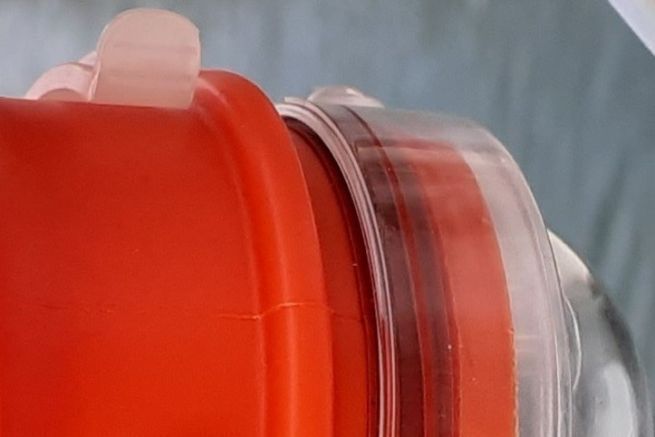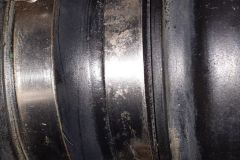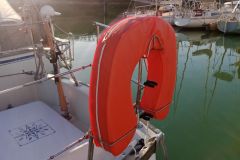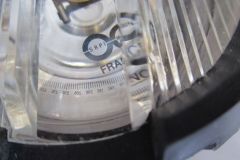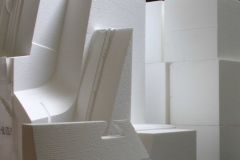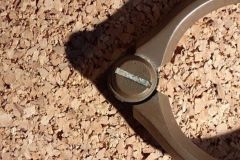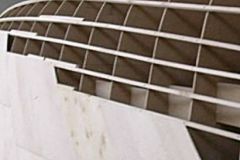Is this device operational? How to use it?
As it stands, its use is not very effective and it seems useful and preferable to improve it.
Two approaches are possible:
- Either we throw the buoy
- Either we start a rollover fire
If the buoy is launched, it must be connected to the boat by a floating line of between 40 and 100 metres in length that remains attached to the boat. This device allows the shipwrecked person to be "encircled" in much the same way as a water-skier is recovered. Its effectiveness is based on the ability of the crew on board to throw the buoy towards the person who has fallen into the water as quickly as possible. Everyone can understand that throwing a buoy towards a castaway who is already far from the ship, let alone in windy conditions, can be difficult.
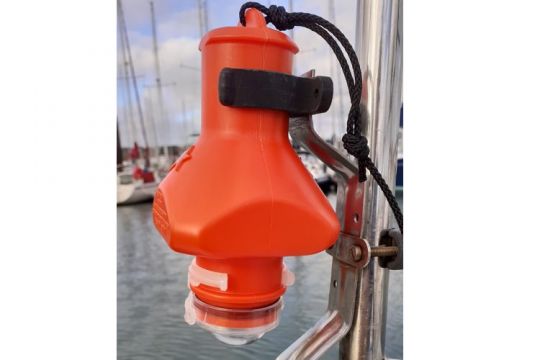
It is also possible to use a "heavier" object to improve the accuracy and strength of the throw.
The so-called "HALIN" system is a good basis for work. This device made up of mixed elements is "manufactured" as follows.
So you need a long floating line, the halin that's used to pull the person who has fallen. The right length, again, is between 40 and 100 m (the faster the vessel, the longer the line should be) and the right diameter is 5 mm. This line must have a strap that the person who has fallen can grab onto it. In order to accurately throw the device to the shipwrecked person, it must be fitted with a "heavy" but floating object. The turning light - the long model - is perfect.
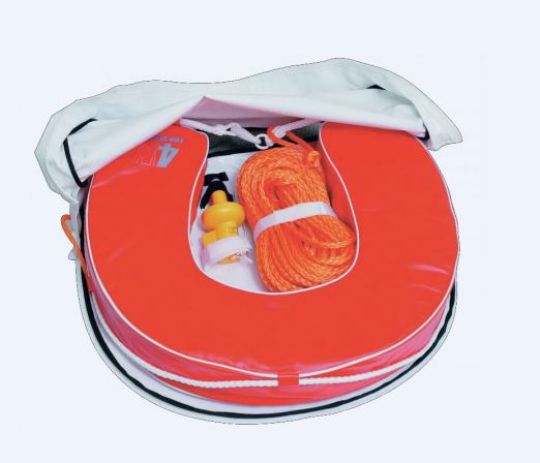
To mount it, simply moor the buoy to one end of the halin, the strap and the floating light to the other.
Then, put the buoy in its place, put the halin in a vertical tube in a "well thought-out pile" and especially starting with the end of the buoy, then put the fire upside down over the halin.
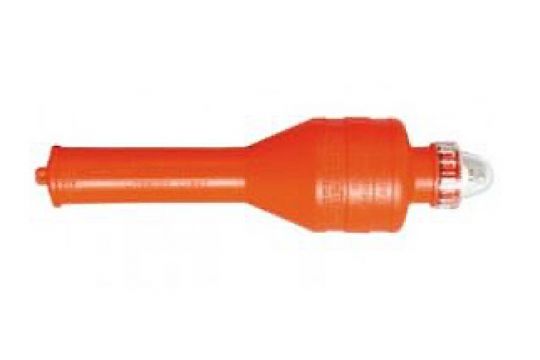
All these devices are indispensable, but the best thing is to stay on board!
So lifeline, harnesses as soon as deemed necessary and at least a self-inflating vest equipped with flash light are the basic equipment of all crew members.
